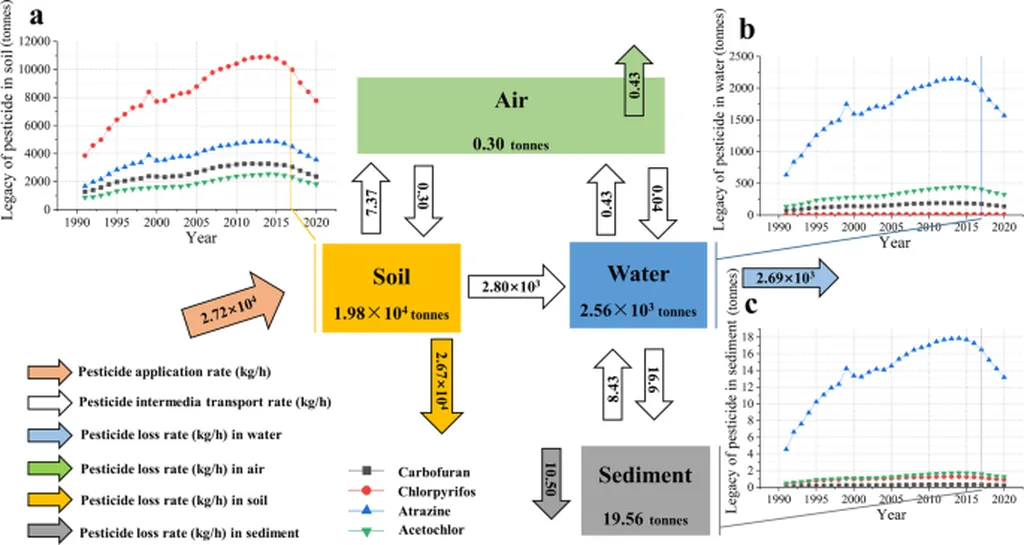In the heart of China, researchers are unearthing new insights into how plants defend themselves, and their findings could revolutionize sustainable agriculture. Jamin Ali, a scientist at the College of Plant Protection, Jilin Agricultural University, is leading the charge, exploring the multifaceted roles of ethylene, a critical plant hormone, in plant defense strategies.
Ethylene, long known for its roles in plant growth and development, is now being scrutinized for its potential in sustainable pest management. “While we’ve known about ethylene’s role in direct defense mechanisms, such as strengthening cell walls and producing toxic compounds, its involvement in indirect defenses is a relatively unexplored territory,” Ali explains. This indirect defense, or tritrophic interaction, involves plants recruiting natural enemies, like predators and parasitoids, to fend off herbivores.
The review, published in the journal ‘Plant Stress’ (which translates to ‘Stress in Plants’), delves into ethylene’s traditional roles and its potential in indirect defenses. It highlights the need for further research in this area, suggesting that understanding these interactions could lead to innovative pest management strategies.
The implications for sustainable agriculture are substantial. By harnessing ethylene’s capabilities, farmers could enhance crop resilience and reduce reliance on synthetic pesticides. This could lead to healthier ecosystems, improved crop yields, and increased profits for farmers. Moreover, it could open up new avenues for agritech startups and established agribusinesses to develop and market bio-based pest control solutions.
Ali’s research also underscores the importance of interdisciplinary collaboration. To fully understand and utilize ethylene’s potential, scientists, agronomists, and industry professionals must work together. This could foster a new era of innovation in agriculture, one that is more sustainable, productive, and resilient.
As we face the challenges of a changing climate and a growing global population, research like Ali’s offers hope. By looking to nature for solutions, we can develop strategies that are not only effective but also environmentally friendly. The future of agriculture may well lie in our ability to understand and harness the complex interactions between plants, their enemies, and their allies.

